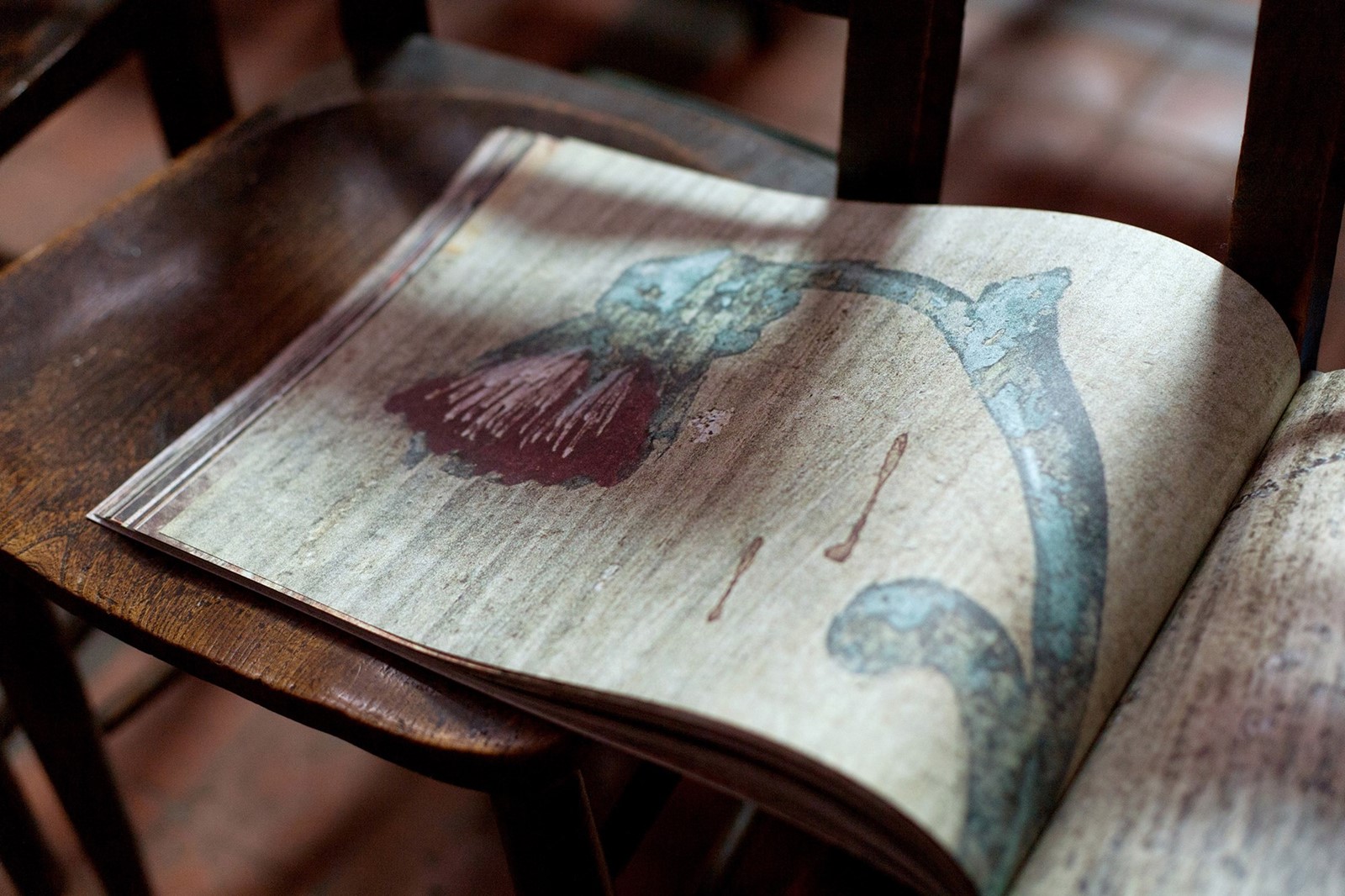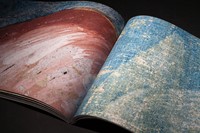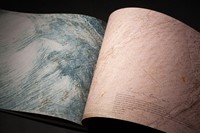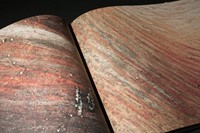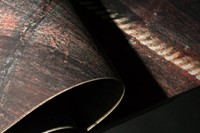British artist Tacita Dean is best known for her experimental work in film, her cinematic portraits focussed on evoking a sense of history, time and place, rather than following traditional narrative threads. She frequently exploits the ways in which her chosen medium allows for the capturing and reconfiguring of the world as we usually view it, often playing with the power of the camera's lens to transform architectural spaces. Consider her 2009 film Craneway Event, which depicts choreographer Merce Cunningham and his dance troupe rehearsing in an old Ford assembly plant, made of glass and steel and overlooking San Francisco Bay, and cleverly shows the frequently evolving quality of light mirroring the rhythm of the dancer's movements.
Her latest offering is a newly published artist's book, titled Buon Fresco and filled with up-close details from a fresco cycle by early Renaissance pioneer Giotto, depicting the life of Saint Francis and painted for the Basilica of San Francesco d'Assisi in Assisi in 1296. The work is comprised of stills from Dean's 2014 film of the same title, which was commissioned by Spanish curator and art historian Gloria Moure to mark the 800th anniversary of the pilgrimage that Saint Francis made to Santiago de Compostela. Dean, who attended a Catholic school and had long fostered an interest in both the radical saint and the radical artist, jumped at the opportunity to explore the fresco series from a new perspective – that of the artist himself as he would have painted it. Focussing on the frescoes which decorate the Upper Basilica, Dean used a macro lens to capture in extraordinary detail the artworks that had hitherto been viewed from the floor of the towering building in a narrative rather than formal context. Here, in conjunction with the book's release, Dean reveals more about its concept and realisation. Her answers are accompanied by an exclusive photographic treatment by Tess Hurrell.
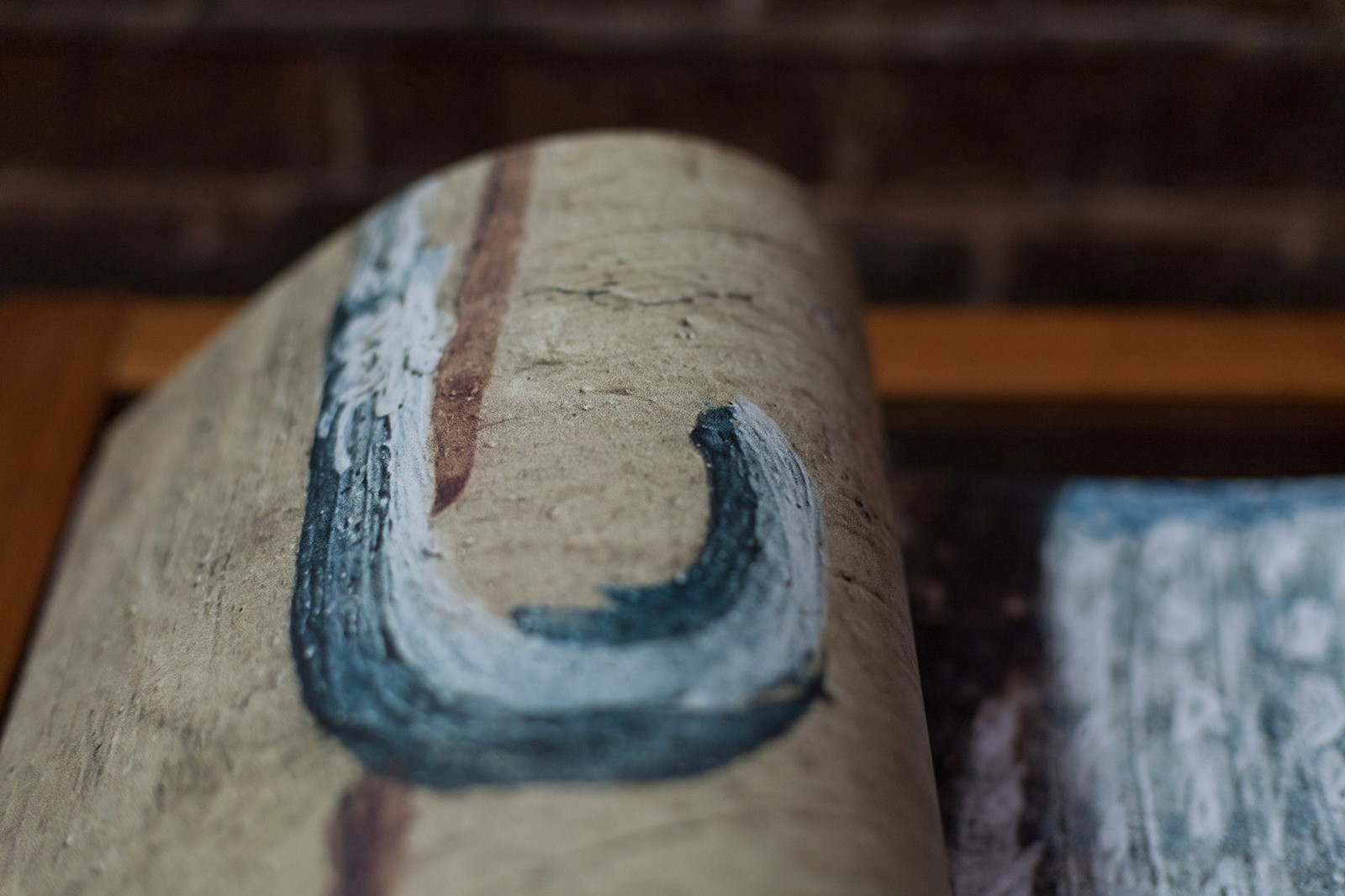
On the cultural significance of St Francis and Giotto's frescoes...
"The moment when Giotto painted Saint Francis was an important moment in art history. There's a great humanity in Saint Francis because he was the first saint who was also a man – and at about the same time, Giotto was also bringing naturalism into painting. There was this gap that saw a shift from the Byzantine, very symbolic way of painting into a sort of naturalism and that’s very much encapsulated by Giotto. So I always thought there was this juncture between the saint made man, or man as saint, and this painter who was conveying it in a naturalistic way.
St Francis died in 1226, and before the end of that century he’d already been beatified and canonised, and he had had this huge Basilica built which was the beginning also of kind of industry around sainthood. And then the frescoes are painted in 1296, so it’s incredible that it all happened in under 80 years."
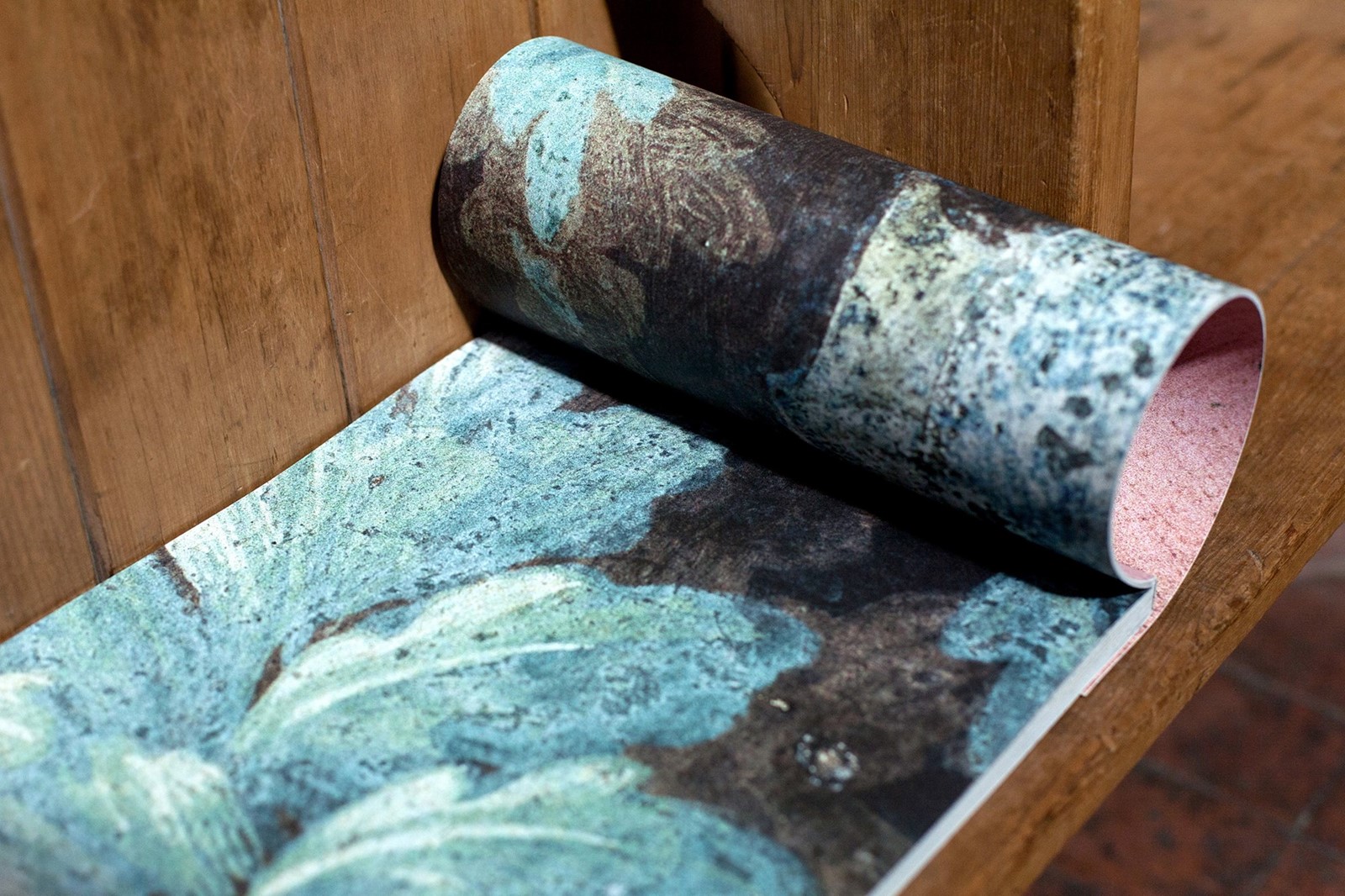
On highlighting style over narrative...
"I’ve always been interested not only in Assisi but also in the Giotto frescoes in Santa Croce, so I asked if it was possible to film the frescoes with a macro lens to capture all the details from the perspective of the artist. In the end we just did the Upper Basilica in Assisi; it was more concentrated, but of course it was a huge thing that they agreed at all. What was so interesting was that it enabled us to really look at the detail of the painting, to not be beguiled by the narrative, because when you’re down on the floor, you see the narrative and it becomes something else, but this was very much about the painting – and the whole transition from the Byzantine painting to this early Renaissance style of naturalism.
On Giotto's modernism...
"I was also somehow seduced by the style of Giotto. It’s incredibly contemporary and modernistic. As soon as you get close, you see the shorthand – in the highlighting of the robes, for example. It’s a beautiful kind of visual language that they have, and you don’t see that when you’re standing down on the floor. It’s very sophisticated; you see a lot of modern artists’ styles. I see Henry Moore, I see Rothko, I see a lot of 20th century and 19th century painting in those stylistic details of Giotto. So it was really fascinating."
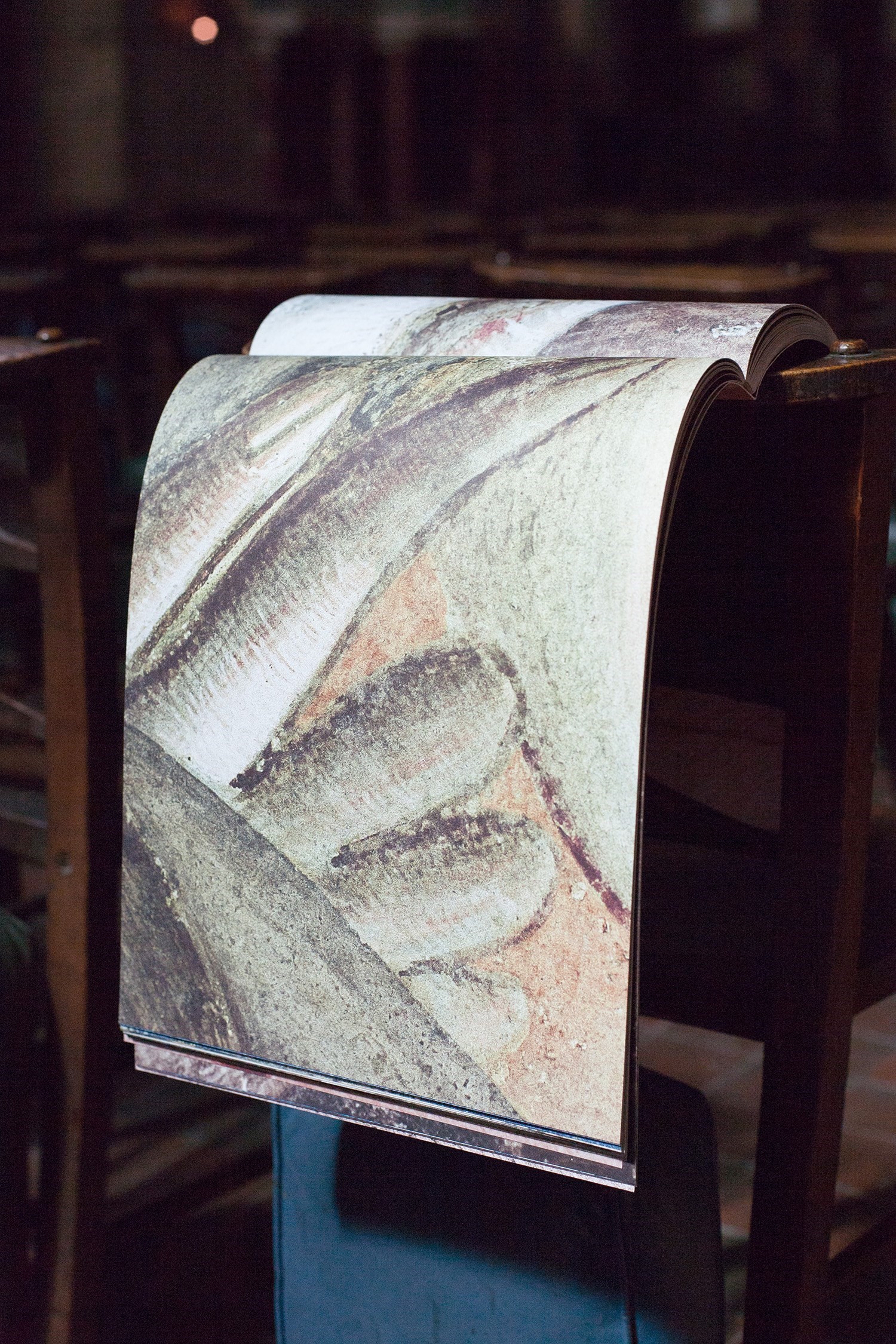
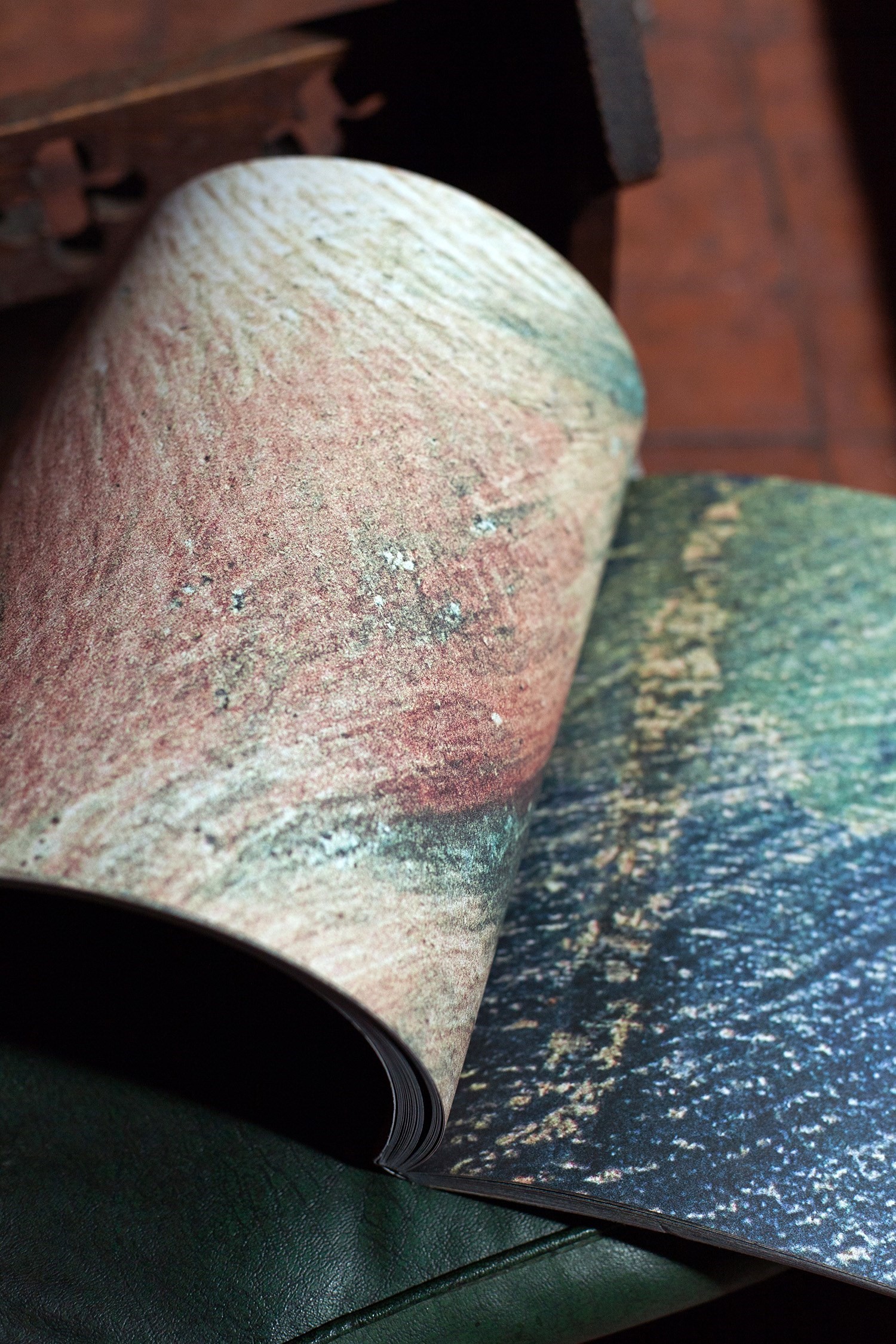
On the differences between the film and the book...
"When I had made the film, I thought, you know, these images could function really well in a book. In the film I chose certain frescoes, certain events – Francis feeding the birds, the stigmata, the death of Francis, the Devils from Arezzo, the ascension of Saint Francis. This was also because of the physical issues around filming various ones. Anyway, in the book I took a different road – there are more images in the book than there are in the film. The film was a journey through the frescoes, whereas the book is done much more formally – according to which images look good with each other, the pairings, etc. The only thing that I kept in the book was the cloud at the end, but there’s barely anything else the same. I tried to make it a very formal thing rather than a narrative thing."
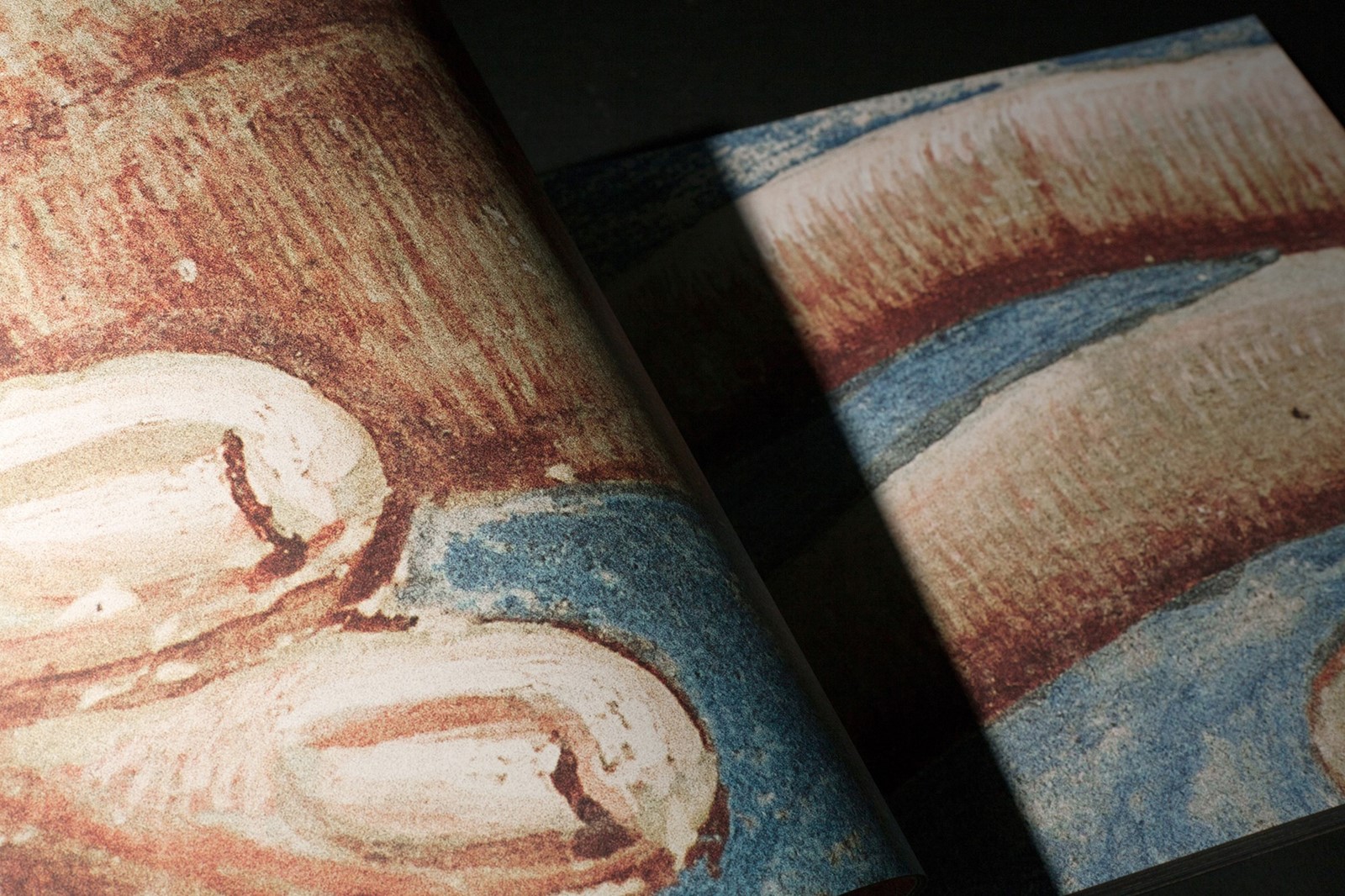
On her favourite details from the series...
"I love the toenails, there’s one toenail which I think is fantastic and then there’s this handle of a rope with what looks like a devil’s head on it. It’s so small that it’s a detail I’m not sure anyone would have particularly noticed before – if I put my finger out, it would have covered that whole of that page. I don’t know how they did it – it must have been with the tiniest, tiniest sort of stick or something."
On the scale and texture of the book...
"An important person I worked with on the book is Martyn Ridgewell, who I've collaborated with on many of my books. He has a very strong sense of scale; we did another book about four leaf clover postcards, where the scale is almost like that of a wallpaper sample book. Fighting to have a specific scale is always an issue with the publisher because if it’s an odd size, they don’t like it. But for this book it was really important that it was this scale, because having it any smaller endangered the images in some strange way, made them a bit too whimsical. And then the sort of matte, softback quality of it is also important as it's closer to that of a fresco."
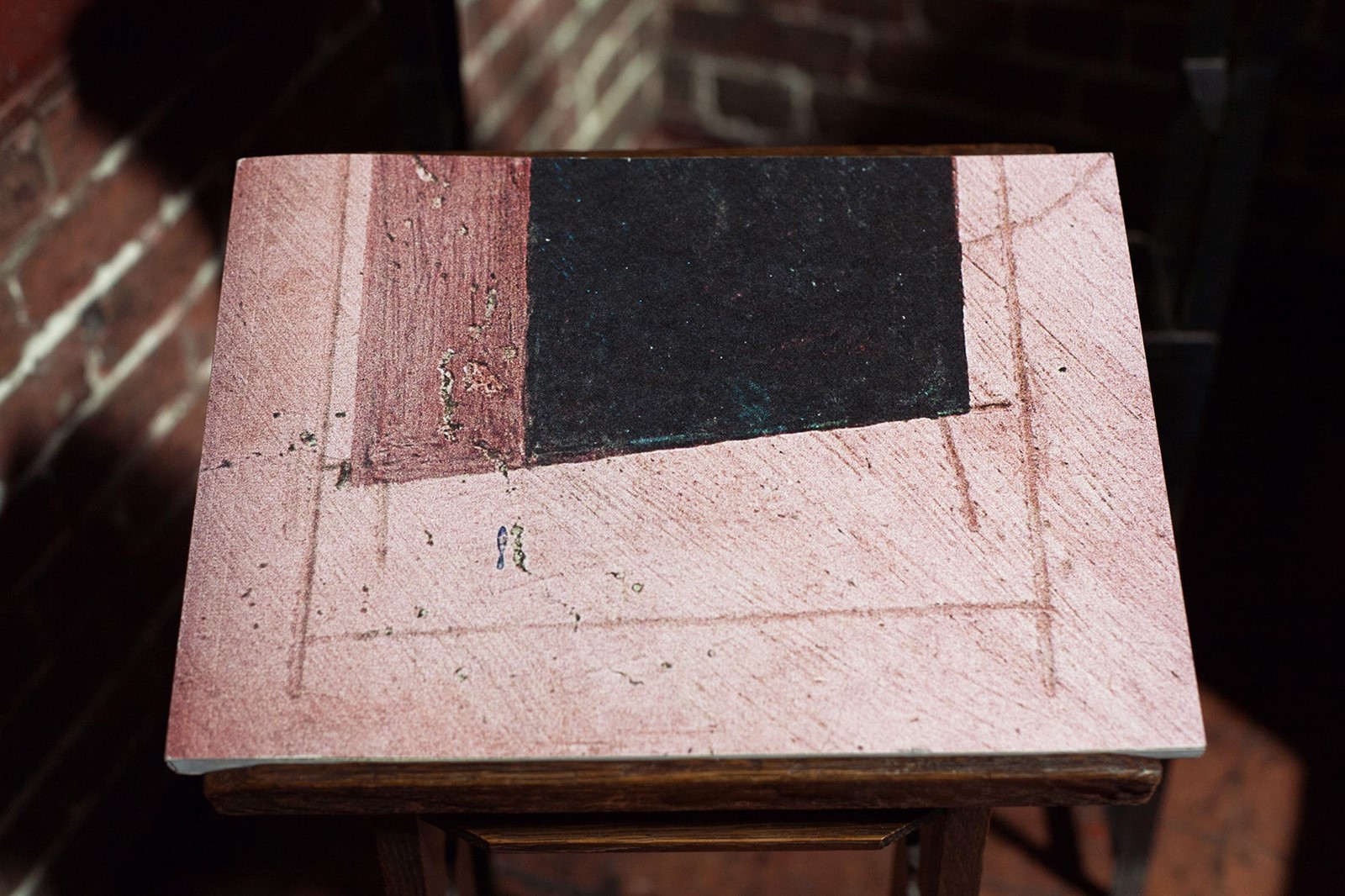
On capturing the essence of the artist...
"I have made two works that have traces of Buon Fresco, in terms of examining the details, the traces left by an artist. One was filming the deserted studio of Marcel Broodthaers in Düsseldorf, which still has the traces of his fig one, fig two – his writing on the wall. And then the other one was filming the walls of Joseph Beuys' installation in Darmstädter, which were being removed."
Buon Fresco is out now, published by Mack Books.
